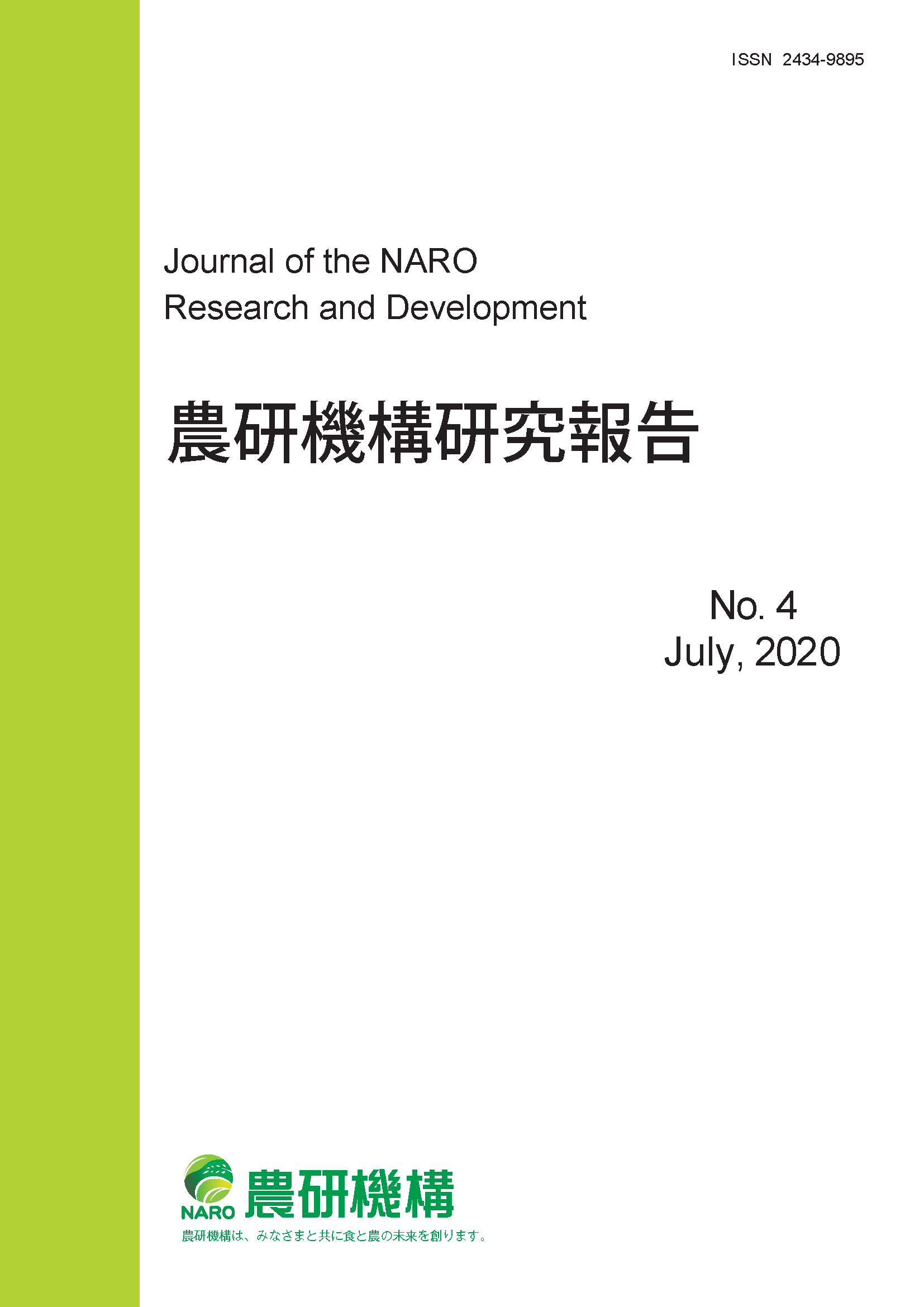Volume 2020, Issue 4
Displaying 1-7 of 7 articles from this issue
- |<
- <
- 1
- >
- >|
Cover, Index, Editorial board and Imprint
-
2020 Volume 2020 Issue 4 Pages 0-
Published: July 15, 2020
Released on J-STAGE: February 01, 2022
Download PDF (792K)
Review
-
Article type: review-article
2020 Volume 2020 Issue 4 Pages 1-9
Published: July 15, 2020
Released on J-STAGE: February 01, 2022
Download PDF (1786K) Full view HTML
Original Paper
-
Article type: research-article
2020 Volume 2020 Issue 4 Pages 11-16
Published: July 15, 2020
Released on J-STAGE: February 01, 2022
Download PDF (845K) Full view HTML -
Article type: research-article
2020 Volume 2020 Issue 4 Pages 17-40
Published: July 15, 2020
Released on J-STAGE: February 01, 2022
Download PDF (1144K) Full view HTML -
Article type: research-article
2020 Volume 2020 Issue 4 Pages 41-49
Published: July 15, 2020
Released on J-STAGE: February 01, 2022
Download PDF (1551K) Full view HTML
Topics
-
2020 Volume 2020 Issue 4 Pages 51-61
Published: July 15, 2020
Released on J-STAGE: February 01, 2022
Download PDF (734K)
Contribution rule
-
2020 Volume 2020 Issue 4 Pages 62-65
Published: July 15, 2020
Released on J-STAGE: February 01, 2022
Download PDF (706K)
- |<
- <
- 1
- >
- >|
